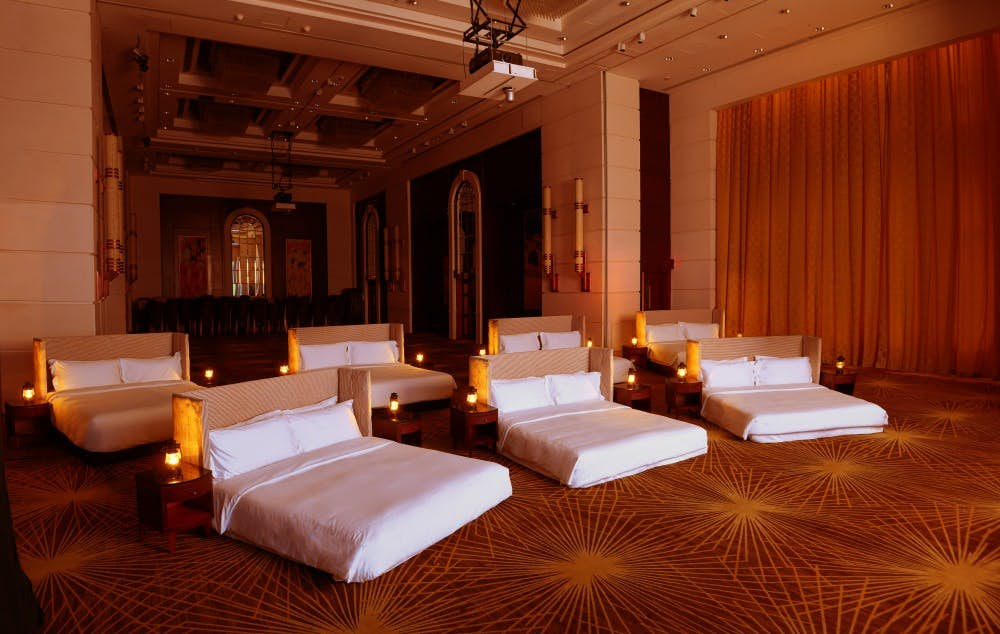
Generation Z
Workplace demographic shifts gathered pace in 2016, now Generation Z is on the horizon. By the end of this decade, Zs will account for around 20 per cent of the workforce.
Born in the late 1990s onwards, Zs grew up with the Internet and portable technology at their fingertips. From a communications and meetings perspective, Zs are tech-intuitive multitaskers and good at online collaboration. However, face-to-face skills may be a challenge along with a tendency to be easily distracted.
According to the 2015 Way to Work survey by Adecco Staffing USA, as employees Zs want financial stability (a result of living through recession and the burden of student debt), a dream job, entrepreneurial opportunities, a flexible work-life balance, regular face-to-face mentoring and plenty feedback from the boss.
As an event or meetings audience, Zs are set to place new demands on planners, venues and brands.
Offliners and unsubscribers
At the British Psychological Society’s 2015 conference, Sir Cary Cooper said a compulsion to deal with messages caused UK employees to become less productive than many of their international counterparts. “For people to be working at night, weekends and holiday on emails is not good for the health of our country,” he told the BBC. “We need to ban emails [sent and received] within the same building,” he said, advocating instead for face-to-face meetings and phone calls.
Independent research by Atos Origin highlighted that the average employee spends 40 per cent of their working week dealing with internal emails that add no value to the business. Add to that newsletters, social media notifications and e-shots and it’s clear to see why many people are eager to seize back their time.
Expect unsubscribes and opt-outs to rise as individuals reclaim their time. However, planning approaches such as White Space may win more users in 2017.

AI and VR
Artificial Intelligence (AI) and Virtual Reality (VR) used to be the future. Then, over the past two years, the first VR headsets started to appear at Imex (Frankfurt and America), with destinations and venues as the early adopters. By the end of 2016, both technologies had become more available. The future had arrived.
Grip, the world’s first AI event-networking solution won the #IMEXpitch at IMEX America 2016 in Las Vegas. Elsewhere, at IBM’s World of Watson conference, AI “steered” a 3D-printed, driverless minibus that toured the show floor, giving passengers restaurant recommendations along the way.
In the world of VR, WorldViz launched “Skofield”, allowing remote users to make cross-platform presentations in VR.
Making connections
Social media and networking apps are rapidly changing how we make new contacts. Take for example Loopd, winners of the 2015 IMEXpitch and Grip, the 2016 winners.
There is also Zenvoy, which partnered with Imex to provide a pre-, during and post-show match-making service for buyers and attendees.
Witness too the rise of Snapchat and private messaging. Many of the big conversations at shows, conferences and other events are now happening online – and in private. While Twitter, Facebook and Instagram bring the immediate event experience – and audience feedback – to life, Snapchat and private messaging services allow sub-groups to talk and plan in private.
Expect to see some of these services triumph, while others won’t be able to keep pace.
Disruption
Disruptors are changing how people book accommodation and transport, and the likes of Uber, Home Away and Airnnb will likely make their mark on meetings and events as delegates seek more varied choices.
Disruption also describes the impact of unexpected political results in 2016 – namely Brexit and the US Presidential election. The fallout has so far been short term, but most organisations
are on alert for the long-term consequences.
This article is an edited version of ‘The Imex A to Z of 2017: 5 Trends to Watch as the Year Unfolds’



